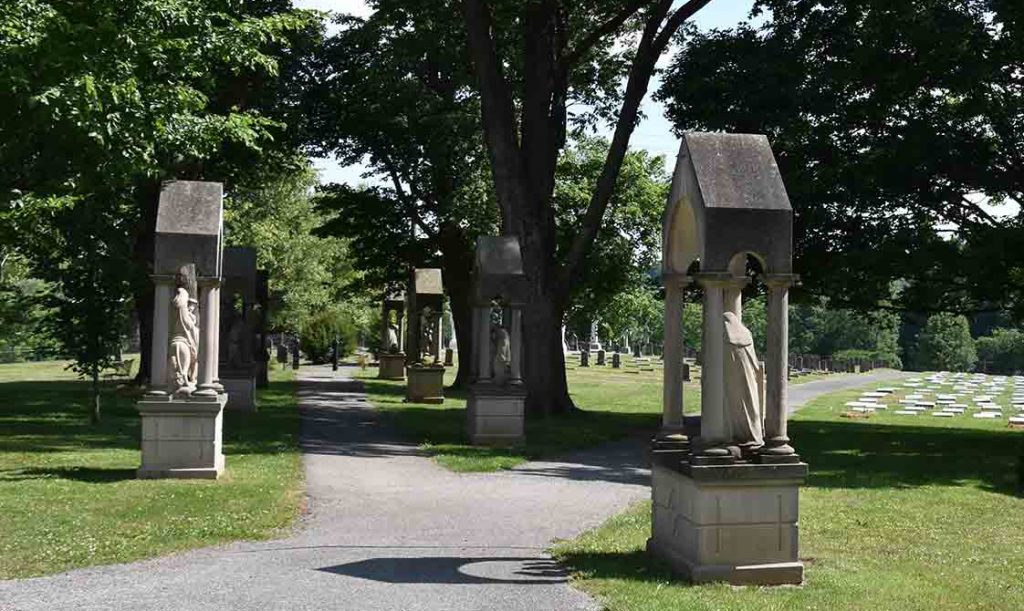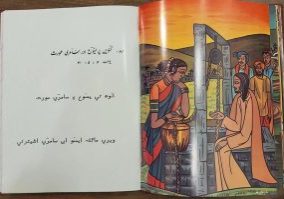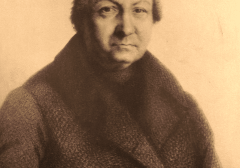Motherhouse History
Earth, for eons the womb of life in the divine image, home to the first peoples, first to be endowed with the cosmic mission of life and love. Their endowment, taken unjustly, came to Loretto women in the lush Kentucky heartland as a legacy of life and love. Supported by the unpaid labor of people of color, Loretto women gave the fullness of their lives to sharing God’s life and love with their neighbors, even neighbors of color and first peoples, around the globe. Let us acknowledge the lives of all who have gone before us on soils we now occupy, all who loved and labored on this earthly bit of stardust, hopeful that the mission of love would permeate even the contradictions. We give thanks for our Loretto forebearers, and our own generation, that our desire alone to be faithful to the universal mission of life, has been a blessing for all the stardust.
The Loretto Motherhouse has a long history. From what we have learned so far, the land on which the Motherhouse is located was originally home to multiple Native groups. These groups included Cherokee, Haudenosaunee, Shawnee and Yucchi. There were also ancient Adena and Hopewell mound-building cultures. These cultures formed into five distinct entities as they moved down the Ohio River: Kaw, Omaha, Osage, Ponca and Quapaw.
In the early years, the Loretto Motherhouse was named St. Stephen’s Farm by Father Stephen Badin, the first priest ordained in the United States, who lived there from 1796 to 1819. The Badin House, erected by Father Badin in 1816, was the first brick house in Marion County, Ky., and is still in use.
The founding Sisters of Loretto moved from St. Charles, Ky., to this location in 1824. The first school building, Loretto Academy, was built in 1832 and was used as a school until 1888 when the larger academy building was built. Loretto Academy flourished until 1918 when the school was closed. Both buildings are still in use, the first as Rhodes Hall, an art studio and gallery, and the other as a residence, offices, the archives and part of Knobs Haven Retreat Center.
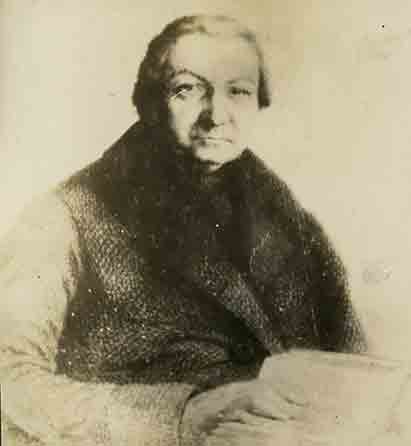
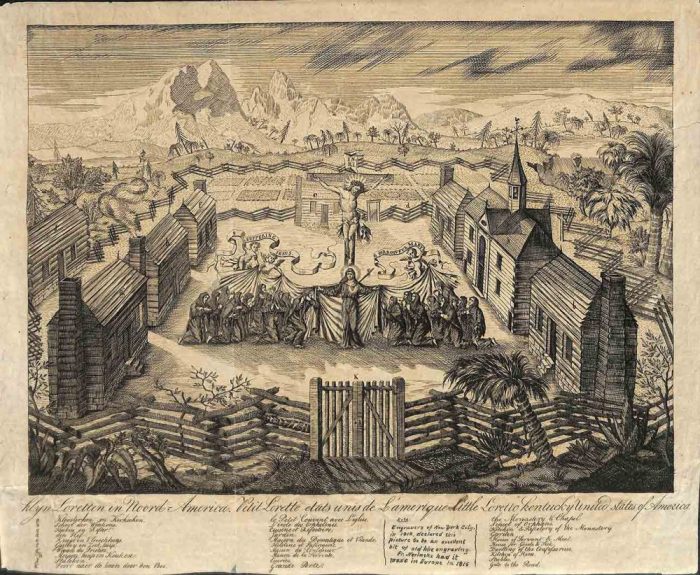
Father Charles Nerinckx, the clerical founder for the Friends of Mary at the Foot of the Cross, lived at St. Charles from 1812 until 1824 and moved to the present Motherhouse location in 1824. One half of his cabin which he built was brought to the Motherhouse from Little Loretto at St. Charles in 1895.
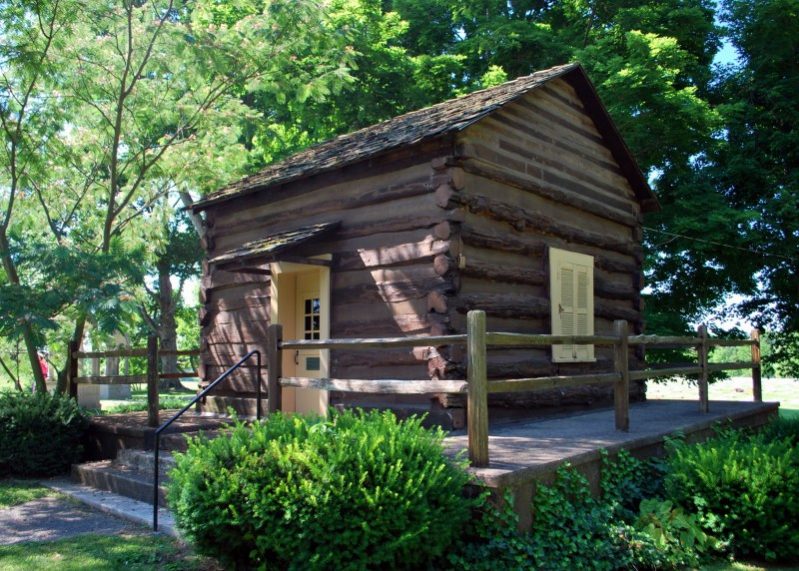
Other historic buildings include the Church of the Seven Dolors, which was rebuilt during the Civil War (1860-1863) after fire destroyed the original building, and the Auditorium (1886), which has been renovated into a new Heritage Center and Archives. St. Joseph Infirmary (1947) is home for retired and ill Loretto members.
The Stations of the Seven Dolors (1911), a large outdoor set, flank the sidewalk approach to the cemetery where Charles Nerinckx, Mary Rhodes, Ann Havern and Christina Stuart are buried as well as hundreds of Loretto Sisters. The Slave Memorial honors those slaves brought to the Motherhouse as part of the dowries of novices. At the crest of a hill is the AIDS Garden, a memorial to persons who have died of AIDS. It is both a tribute and a reminder to work for justice and act for peace in whatever circumstance we find ourselves.
